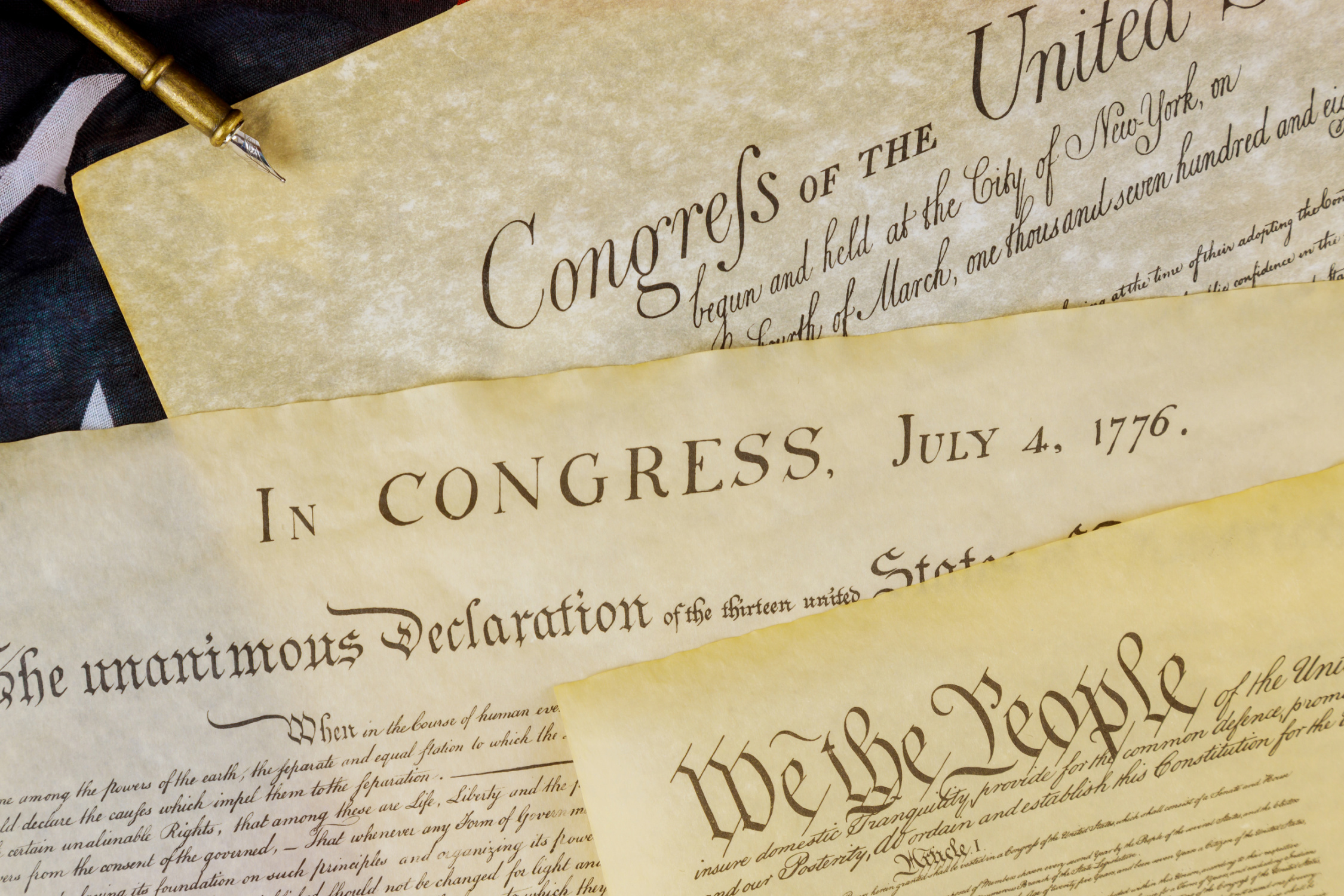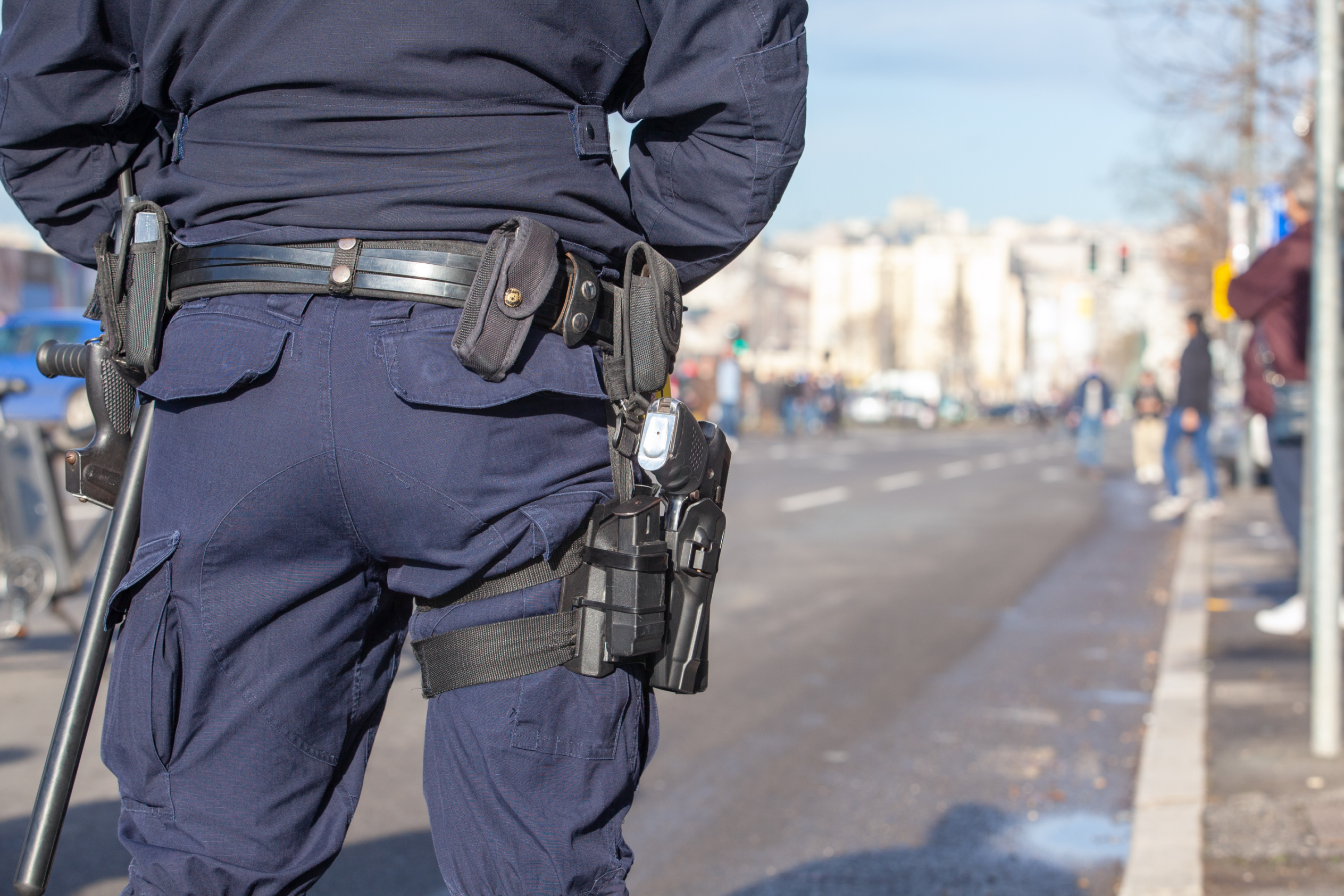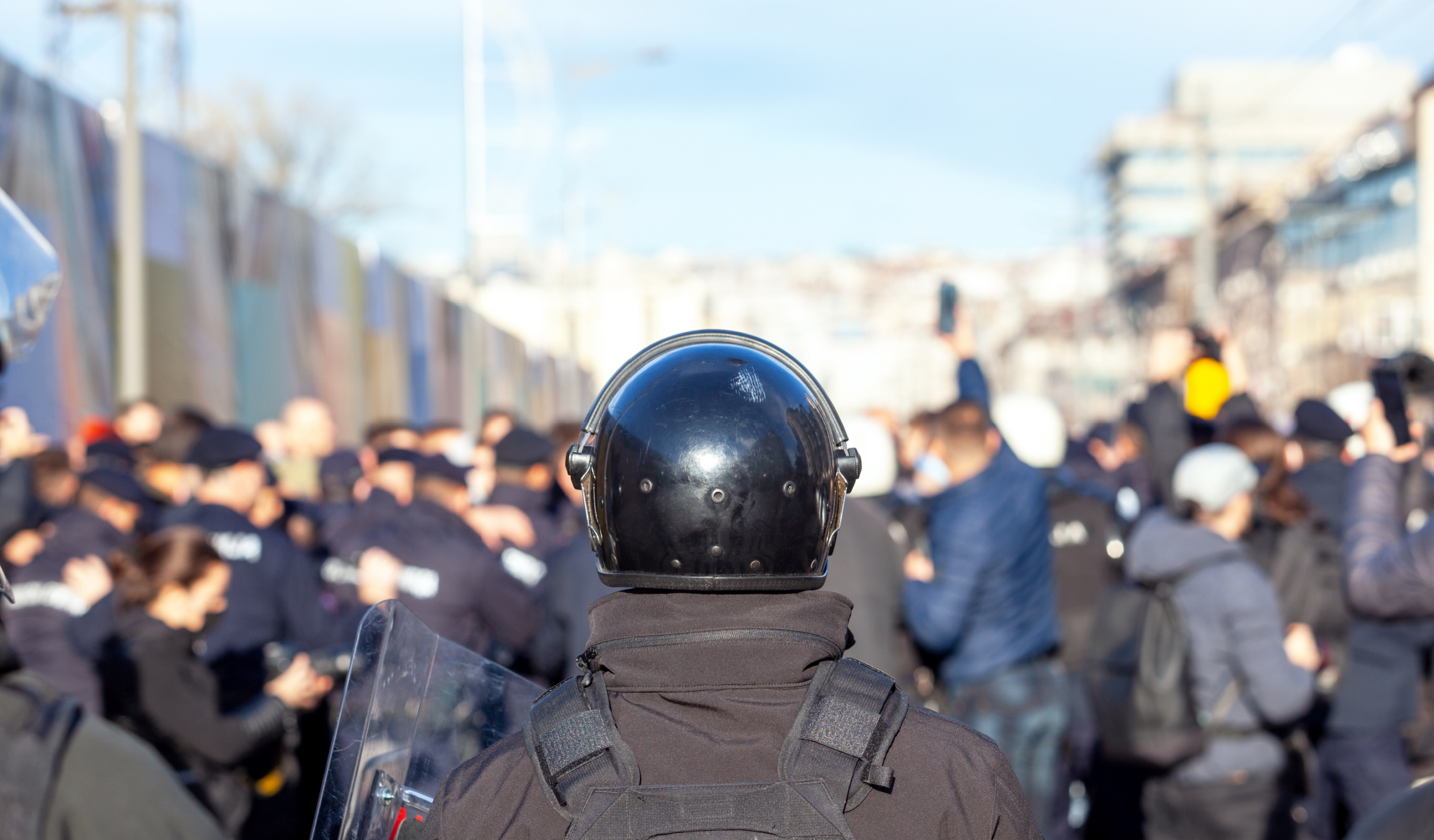The Second Amendment Deserves Respect — and Responsibility

Origins of the Right to Bear Arms
I am a keen advocate of our Constitutional 2nd Amendment – the right to bear arms. Its origins are rooted in the birth of our country and promoted by General George Washington because of the oppression and control of our citizens by King George III of England. That control was enforced by the King’s Army, known to us as the Red Coats, along with Loyalist units and hired mercenaries such as the Hessian soldiers from Germany.
At the time, Washington and the founding fathers didn’t see a need to establish a standing army. They decided that an armed citizenry would make the best army of all. So the 2nd Amendment created a “well-regulated militia,” consisting of “every able-bodied man in the country.”
The Text and Its Meaning
Here is the original text of this unique amendment:
A well-regulated militia, being necessary to the security of a free state, the right of the people to keep and bear arms, shall not be infringed.
A frequently quoted but unverified statement is often linked to Admiral Isoroku Yamamoto of Japan after Pearl Harbor: “You cannot invade mainland United States. There would be a rifle behind each blade of grass.”
Though not true, the sentiment illustrates why the 2nd Amendment matters. Millions of armed Americans form the largest potential army we have, making it very difficult for any country to consider invading. History has shown that when governments disarm their citizens, what remains is subjugation. This is why we must never surrender our 2nd Amendment rights.
Interpretations of the Second Amendment
There are three predominant interpretations:
- Civilian militia interpretation – the Second Amendment is no longer valid because the militia system it protected no longer exists.
- Individual rights interpretation – the individual right to bear arms is a basic right on par with free speech.
- Median interpretation – the Second Amendment protects an individual right, but with restrictions linked to militia language.
The Supreme Court and U.S. v. Miller
The only Supreme Court ruling focused primarily on the Second Amendment came in U.S. v. Miller (1939). The Court affirmed a median interpretation, holding that the amendment protects an individual right to bear arms, but only if the arms are useful as part of a citizen militia.
Interpretations still vary because Miller is not a clear or well-written ruling.
Applying It on the Street Today
Now that we’ve looked at the origins, how does it apply today? The issue has been debated endlessly. We keep landing on the idea that law-abiding citizens, with some restrictions, can possess and carry firearms. On the surface, this sounds good. But when you look closely, problems remain.
Every state sets rules. To own a firearm, you must be a certain age and cannot be a convicted felon. In many states, carrying a concealed handgun also requires a training course. You must handle, disassemble, reassemble, and shoot the firearm with a level of proficiency. Yet many who obtain a permit never return to the range again.
A Law Enforcement Perspective
As a former officer, I’ve dealt with countless citizens claiming their right to possess and carry firearms. For example: if we stop you for a traffic violation and you admit you have a gun—or we find one concealed or not—we will secure it. You may object: “I have a permit for that, you can’t take it!” But yes, we can.
Here’s why: what usually kills officers is a citizen with a firearm we don’t control. We cannot allow anyone to keep a firearm in reach while we’re near them. Our survival depends on it. We will hold your gun, run checks on you and the firearm, and if you’re clear, you leave. Later you can retrieve the gun from your trunk. That’s officer safety. You may not like it, but that’s how it must be handled.
Constitutional Carry and Permit-less Laws
America has now crossed another threshold: Constitutional Carry.
The phrase means “permit-less carry.” Citizens in those states can carry a concealed handgun without a license. As of 2024, 29 states allow it. Beyond this, states also allow concealed carry with a permit or open carry in plain view. Each state has its own laws for residents and non-residents.
Florida’s Open Carry Ruling
In Florida, my home state, open carry is now in effect. In McDaniel v. State, the First District Court of Appeal struck down Florida’s ban on open carry, ruling that “law-abiding, adult citizens” have a right to carry firearms openly in public under the Second Amendment.
The Florida Sheriffs’ Association and most law enforcement officers, including myself, oppose this. Why? Because public calls to 911 will increase when citizens see open firearms. Police must treat every armed person as a threat until proven otherwise.
Imagine the scenario: we arrive, guns drawn, and order someone to lay down their weapon. Some will refuse, insisting, “It’s my right!” That confrontation can escalate fast. Either they comply, or tragedy follows.
The Risks Ahead
Open carry laws make officers’ jobs harder. They create confusion, increase risks, and can lead to preventable deaths. Courts may rule otherwise, but in real-world policing, survival means control. And when control is lost, lives are at stake.
RECENT










BE THE FIRST TO KNOW

More Content By
Sgt. (Ret'd) Bert "Maverick" Gonzalez








